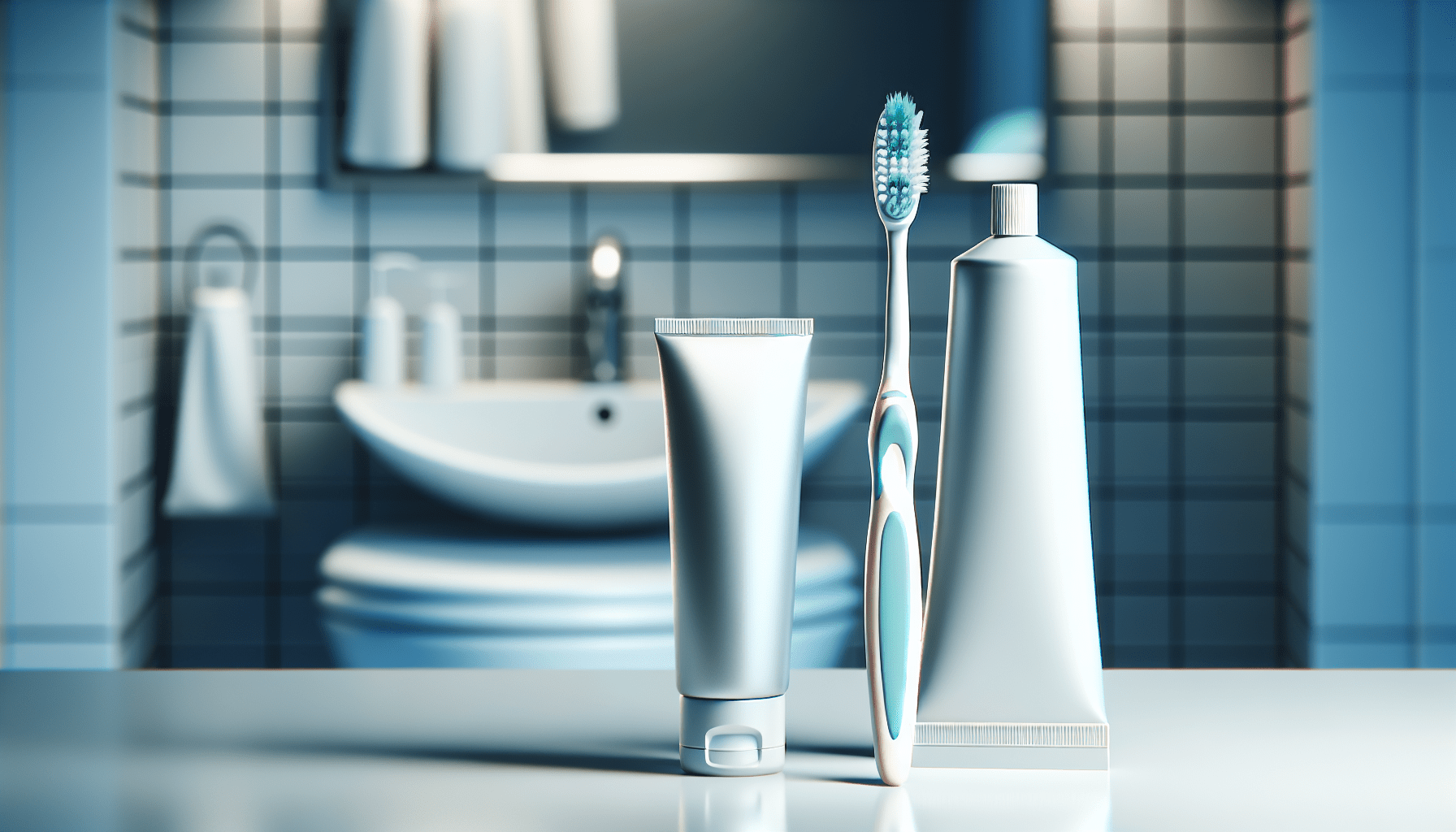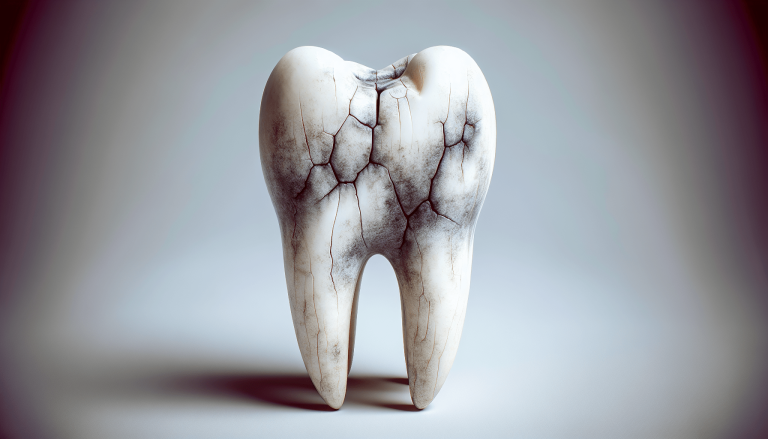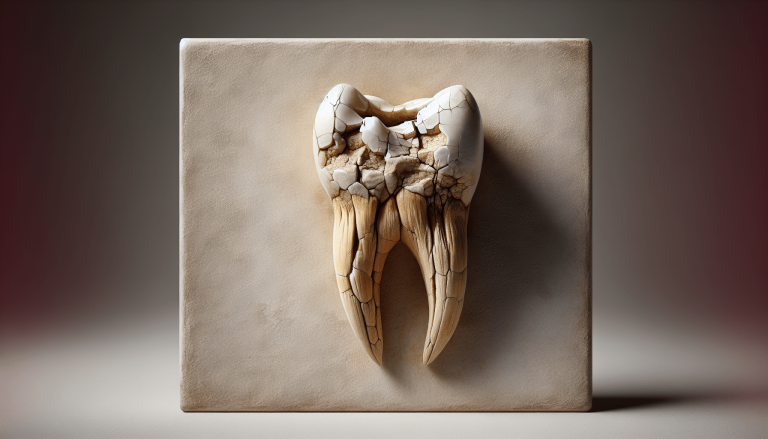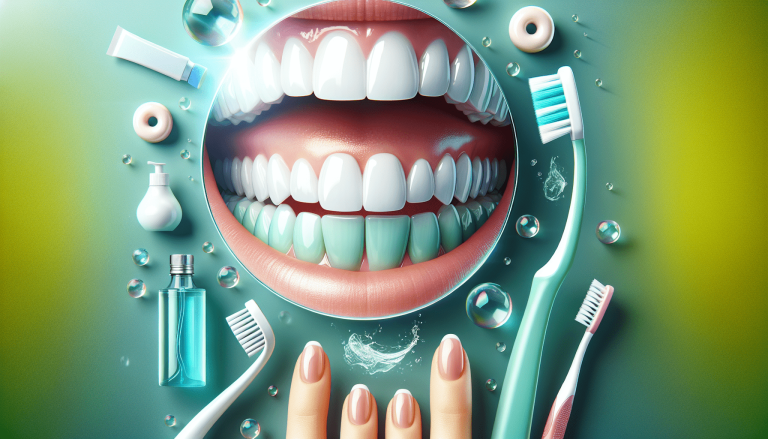What Is A Healthy Dental Routine?
In “What Is A Healthy Dental Routine?” you’ll discover the key elements that make up an effective plan for maintaining your oral health. This friendly guide breaks down the essentials, from brushing and flossing to regular dental check-ups and diet choices, all designed to keep your smile bright and your teeth strong. Whether you’re aiming to enhance your current routine or looking for a fresh start, this article provides easy-to-follow tips and practical advice that will help you achieve a healthy, happy mouth. Have you ever wondered what constitutes a healthy dental routine? Many people are confused about the steps and habits required to maintain good oral hygiene. Fortunately, developing a strong dental routine doesn’t have to be complicated or time-consuming.
In this article, we will break down what a healthy dental routine looks like and how you can incorporate essential practices into your daily life to ensure a bright and healthy smile. We’ll explore everything from the proper brushing techniques to the importance of regular dental check-ups. Let’s dive in!

The Basics of a Healthy Dental Routine
Understanding the basics is the first step towards a healthy dental routine. By knowing the foundational elements, you can build a routine that works effectively for you.
Why Is Dental Health Important?
dental health is crucial not just for your smile but for your overall well-being. Poor oral hygiene can lead to cavities, gum disease, and even heart disease. Taking care of your teeth and gums helps in preventing serious health issues.
Essential Components of a Dental Routine
A strong dental routine consists of several key components. Here’s a list of the essentials:
- Brushing: This is the cornerstone of dental hygiene.
- Flossing: Often overlooked, but essential for gum health.
- Mouthwash: Provides additional cleansing.
- Regular Dental Check-ups: To catch and treat problems early.
- Healthy Diet: Nutrition plays a role in oral health.
- Avoiding Harmful Habits: Such as smoking and excessive sugar intake.
Brushing Your Teeth Properly
Brushing your teeth might seem like a no-brainer, but doing it correctly is crucial for its effectiveness.
Choosing the Right Toothbrush
The first step in effective brushing is selecting the right toothbrush. Here are some guidelines:
| Type | Recommendation |
|---|---|
| Manual | Soft-bristled brushes are ideal. |
| Electric | Can be more effective when used correctly. |
Best Toothpaste for You
Choosing the right toothpaste also matters. Look for those containing fluoride, as it helps prevent tooth decay. There are also specialized toothpastes for sensitivity, whitening, and tartar control.
Correct Brushing Technique
Proper brushing technique is crucial. Here’s how to do it:
- Position the Brush: Place your toothbrush at a 45-degree angle to the gums.
- Gentle Strokes: Use short, back-and-forth strokes.
- Brush All Surfaces: Ensure you clean the outer, inner, and chewing surfaces of the teeth.
- Two Minutes: Don’t rush! Spend at least two minutes brushing your teeth.
- Brush Your Tongue: It helps remove bacteria and keeps your breath fresh.
Flossing: The Often-Missed Step
Flossing is essential for removing food particles and plaque from between your teeth where a toothbrush can’t reach.
The Importance of Flossing
Flossing helps in preventing gum disease and tooth decay by removing trapped food and plaque between teeth. Ignoring this step can lead to bigger dental issues.
How to Floss Correctly
To floss effectively, follow these simple steps:
- Use Enough Floss: Break off about 18 inches of floss.
- Wind It Up: Wind the floss around your middle fingers.
- Hold Firmly: Hold the floss tightly between your thumbs and forefingers.
- Gentle Motion: Slide the floss gently up and down between teeth.
- Curved Flossing: Curve the floss around the base of each tooth.
- Use Fresh Section: Use a clean part of the floss as you move from tooth to tooth.
The Role of Mouthwash
Mouthwash can be a great addition to your dental routine for added cleanliness and fresh breath.
Choosing the Right Mouthwash
There are different types of mouthwash, each designed for specific needs:
| Type | Purpose |
|---|---|
| Antimicrobial | Reduces bacteria and plaque. |
| Fluoride | Helps strengthen teeth and prevent decay. |
| Cosmetic | Mainly for freshening breath. |
How to Use Mouthwash Effectively
Using mouthwash is simple. Follow these steps:
- Pour the Right Amount: Check the bottle for the recommended amount.
- Swish for 30 Seconds: Let the mouthwash move around your mouth.
- Don’t Swallow: Spit it out after swishing.
- Wait Before Eating or Drinking: Typically, you should wait about 30 minutes.

Regular Dental Check-ups
Seeing your dentist regularly is vital for maintaining your oral health.
How Often Should You Visit the Dentist?
Most experts recommend visiting the dentist at least twice a year for cleanings and check-ups. However, your dentist may suggest more frequent visits based on your individual needs.
What to Expect During a Dental Visit
During a check-up, your dentist will:
- Examine Your Mouth: Check for signs of disease or decay.
- Professional Cleaning: Remove tartar and plaque build-up.
- X-Rays: Take X-rays if necessary to see below the gumline.
- Provide Advice: Offer guidance on improving your dental care routine.
The Impact of Diet on Dental Health
Your diet significantly affects your oral health. Here’s how to make better choices for your teeth.
Foods to Include
Certain foods can help improve your dental health:
| Foods | Benefits |
|---|---|
| Dairy Products | High in calcium, strengthens teeth. |
| Leafy Greens | Rich in vitamins and minerals. |
| Fibrous Vegetables | Help clean teeth naturally. |
| Nuts and Seeds | Provide essential nutrients like calcium and phosphorus. |
Foods to Avoid
Some foods can harm your teeth and should be limited:
| Foods | Why to Avoid |
|---|---|
| Sugary Snacks | Can lead to decay. |
| Sticky Candies | Stick to teeth and cause cavities. |
| Carbonated Drinks | High in sugar and acid. |
| Alcohol | Can dry out your mouth and reduce saliva. |
Tips for a Teeth-Friendly Diet
- Water: Drink plenty of water.
- Balanced Diet: Eat a variety of foods to get necessary nutrients.
- Limit Sweets: Minimize your sugar intake.
- Snacking: Choose healthy snacks like fruits and vegetables.
Avoiding Harmful Habits
Certain habits can detract from your dental health. Recognizing and avoiding these can improve your oral hygiene significantly.
Smoking and Tobacco Use
Smoking and using tobacco products are detrimental to your dental health. They can cause gum disease, tooth decay, and even mouth cancer.
Excessive Sugar Consumption
Excessive sugar intake can lead to tooth decay and other dental issues. Be mindful of hidden sugars in processed foods and beverages.
Teeth Grinding
Also known as bruxism, teeth grinding can wear down your teeth over time. If you suspect you grind your teeth, talk to your dentist about possible solutions like a mouth guard.
Advanced Dental Care Practices
Once you’ve mastered the basics, you might want to consider advanced practices to further enhance your dental health.
Whitening Treatments
Interested in a brighter smile? Whitening treatments are available both in-office and over-the-counter. Consult your dentist to determine which option is best for you.
Orthodontic Treatments
If you have misaligned teeth, orthodontic treatments like braces or clear aligners can help. These not only improve your smile but also your overall dental health.
Dental Sealants
Dental sealants are thin protective coatings applied to the chewing surfaces of your back teeth. They help prevent decay and make your teeth easier to clean.
Tips for Kids and Elderly
Different age groups have unique dental needs. Tailoring your dental routine to these needs can help maintain good oral health at any age.
Dental Care for Children
Teaching children good dental habits early sets the foundation for a lifetime of healthy teeth.
- Start Early: Begin dental care as soon as the first tooth appears.
- Supervised Brushing: Monitor brushing until the child is old enough to do it properly.
- Fluoride: Ensure they get enough fluoride, whether through water or toothpaste.
Dental Care for Seniors
As we age, our dental needs change. Here are some tips for seniors:
- Regular Check-ups: Keep up with dental visits to catch issues early.
- Dry Mouth: Stay hydrated and talk to your doctor if you experience chronic dry mouth.
- Denture Care: If you wear dentures, clean them daily and follow your dentist’s advice.
Conclusion
Maintaining a healthy dental routine is easier than you might think. By understanding and implementing these basics—brushing, flossing, using mouthwash, regular dental check-ups, and maintaining a good diet—you can ensure that your smile stays bright and healthy. Remember, your oral health is a vital part of your overall well-being, so make it a priority in your daily routine.
If you have any questions or concerns about your dental health, don’t hesitate to consult your dentist. They can provide personalized advice and recommendations to help you achieve and maintain excellent oral hygiene.
Additional Resources
This is just too good not to give it a try!
Over 14,500 people claim their gum bleeding just stopped after rubbing this seaweed inside of their mouth. In fact scientists at Cambridge University, and the University of Illinois were so intrigued that they tested it in the lab and rated it as being “unbelievably effective.
All you have to do is massage this blue Algae into your gums, teeth, and tongue in a certain way.
WIth this simple “seaweed rub” you can forget all about bad breath, throbbing infections, cavities or yellow, loose teeth…no matter how bad your teeth are right now.
Check it out here:
This “Algae Gum Rub” Gets You Rid of Tooth Decay







